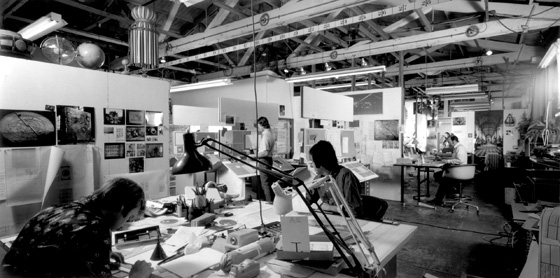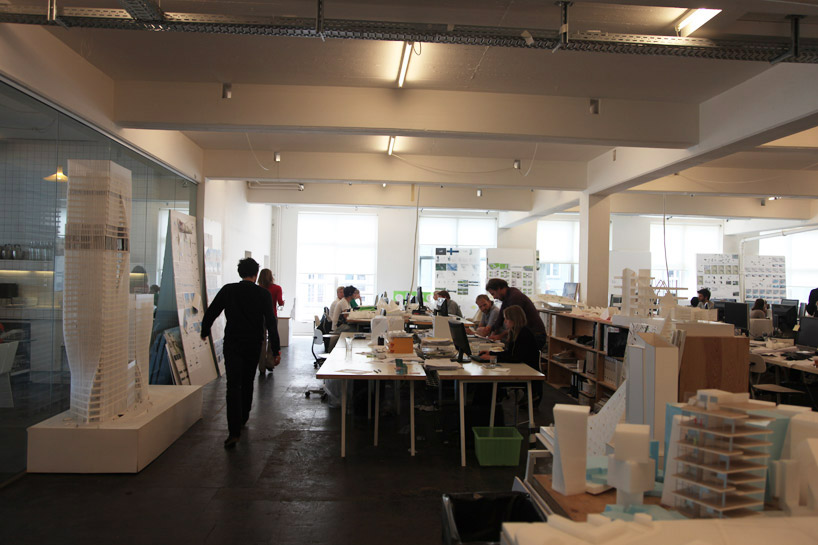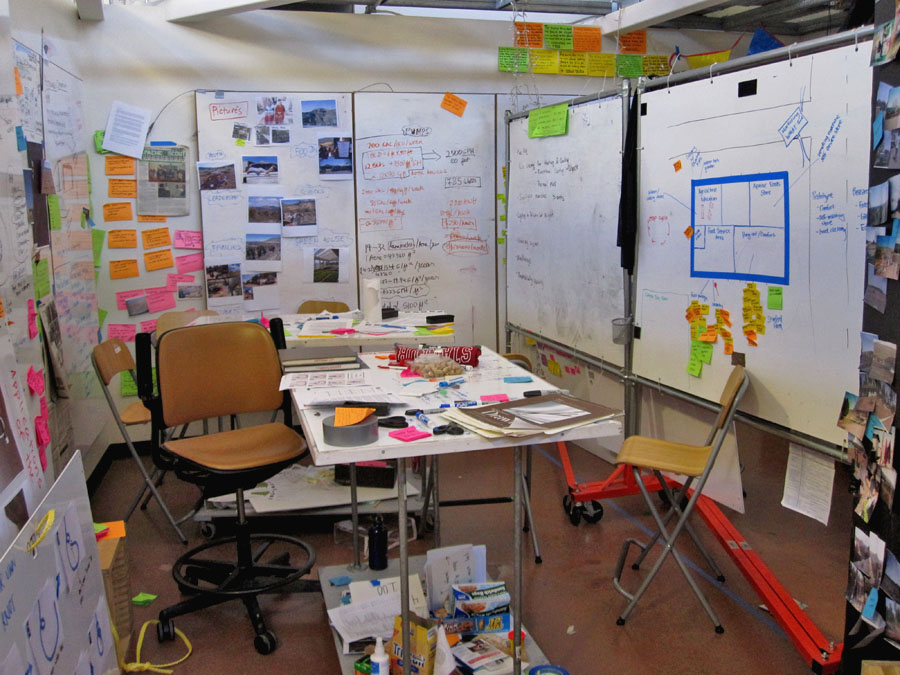✱ Requirements for Creative Thinking
Isaac Asimov Asks, “How Do People Get New Ideas?”
Read this article first. It takes about 10 minutes, and is completely worth your time if you do any kind of creative work.
This is an insightful article that has an amazing comment section which really adds to the original. It's nice to see an article have so many intelligent and well-written comments that hasn't degraded into a typical internet flame war. Asimov speaks early on in the article about the necessity of working in isolation to be creative. The older I get, the more I appreciate time to myself for thinking. I've been building it into my routine and it's paid off even though I wasn't really aware I had done this. After reading this article I can now see it. This isn’t new thinking, for sure, as you can see the article was written in 1959(!).
Isaac Asimov:
We've talked about some of the topics in this article on Archispeak. Some things came to mind while reading the article, so I’ve included my notes here. I read a lot about creating environments that support creativity, so allow me to connect the dots with my thoughts, others’ thoughts, and the referenced article by Asimov:
- Conventional wisdom was not always conventional. This came to mind when reading about how things seem obvious (or ‘reasonable' as he says) now, but when originally conceived were considered out-of-the-box thinking (and shunned because of it).
- Creativity happens within a set of constraints. Blank pages are overrated and often overwhelming.
- Creativity happens when there is a safe place to practice it. For the best ideas to float to the top above the rest, you need to have a place where it's OK to have bad ideas often and not be shunned for it. I refer back to John Cleese's talk on creativity, which as I’ve said before is probably the best thinking on creativity I've heard.
- The people you work with are just as important as the (safe) place where you work. If you can trust those you work with not to belittle your "stupid" ideas, you have a much better shot at saying something stupid that ultimately leads to a breakthrough.
- A creative work environment should afford the freedom to play. The burden of constant results-based business that is always looking for more efficiency is killing this necessary aspect of play as a tool for creative thinking. It feels like we're living and working in a world where we need (or be perceived) to have all of the answers, when in reality it's our job to explore and find the answers. This is a maddening paradox to be sure.
- Creativity rarely happens on a schedule. It doesn't happen in a particular place or when you need it to happen. My best thoughts appear when I'm in the shower, out for a walk, or in the middle of the night. It's good to take notice of when your best ideas happen so you can be on the lookout for them. You can start expecting them to show up and you can be ready to write them down because you will surely forget them if you don't. I think we can all agree that it sucks when we don't write them down.
- Someone may have a good idea and it takes someone else to add to it to make it a great idea. I've witnessed this many, many times. This should be the basis of critique, as we spoke about in the Episode 45 of the podcast.
- I often find that the best group creativity happens at the dinner table with a bottle of wine or at the bar after work. The faster you are able to lower your inhibitions, the faster the ideas start flowing. Don't forget to bring a sketchbook... you'll need it if you want to remember all of your seemingly great ideas the next day.
With all of this in mind, some of the companies I know of that have this type of environment are IDEO, Pixar, and the Eames' office. They show that it is possible to run a company that champions this type of work, and the work they produce shows it. I'm sure there are more, and I'd like to know who they are. This goes especially for the architecture industry - who are the firms that exemplify these principles today?
I’ve included a gallery of architectural studio office environments here. This is what it looks like. The creative process is a messy one as expected; as it should be.
























